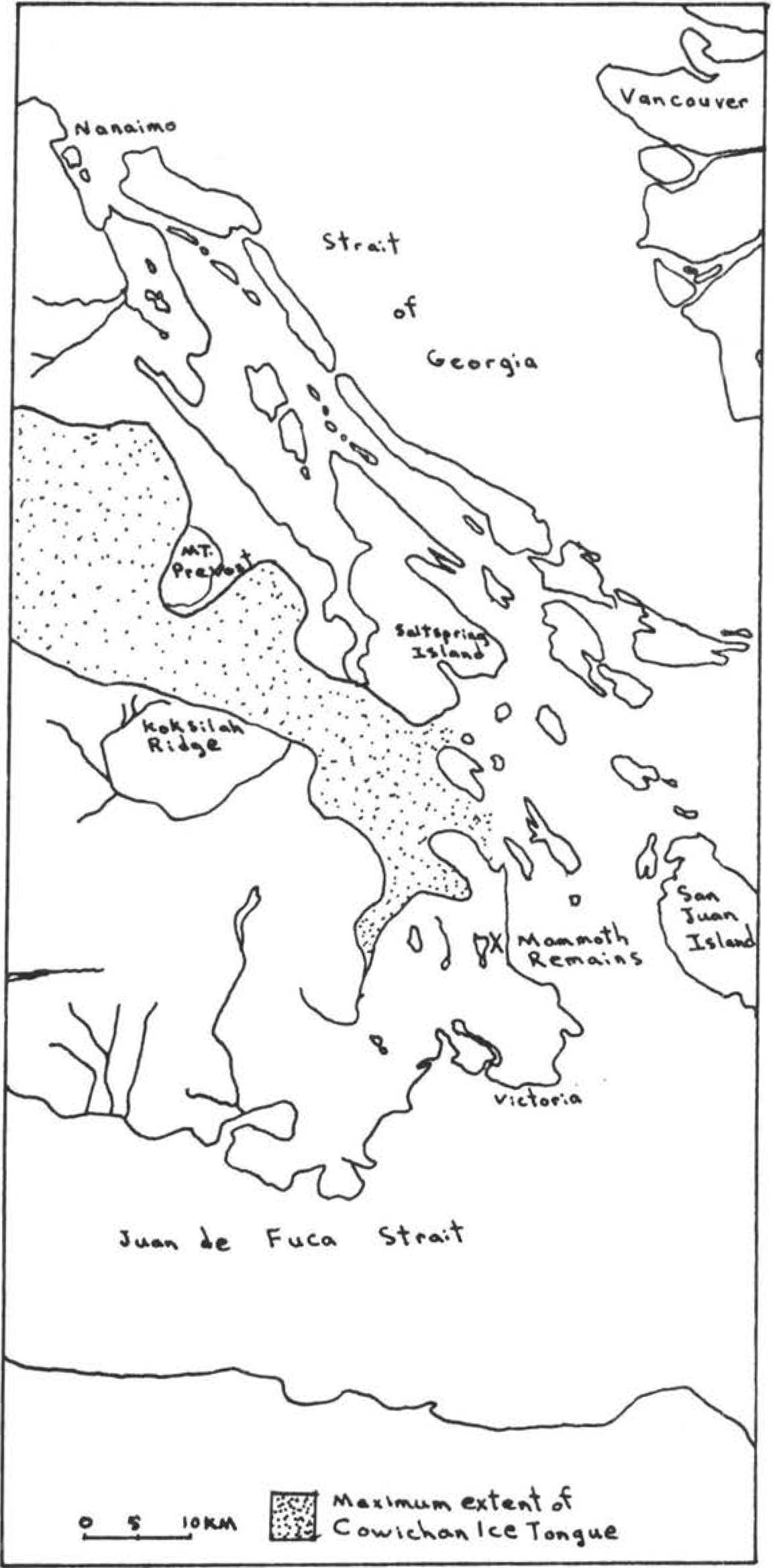
Originally published in the Journal of Mammalogy, 81(3), 666—675. 2000. By David W Nagorsen and Grant Keddie Abstract Although Oreamnos americanus is absent from most Pacific Coast islands, including Vancouver Island, 12,000-year-old skeletal remains were recovered in 2 caves on northern Vancouver Island. The specimens may represent early postglacial immigrants or a relict population derived from a coastal glacial refugium. Limb bones of the fossils are within the size range of modern specimens, suggesting a postglacial origin. O. americanus probably became extinct on Vancouver Island during the early Holocene warming, but inadequacies in the prehistoric faunal record prohibit a determination of a terminal date. The modern distribution of O. americanus on Pacific Coast islands reflects both prehistoric extinctions and low … Continue reading “Late Pleistocene Mountain Goats (Oreamnos Americanus) from Vancouver Island: Biogeograhic Implications”
